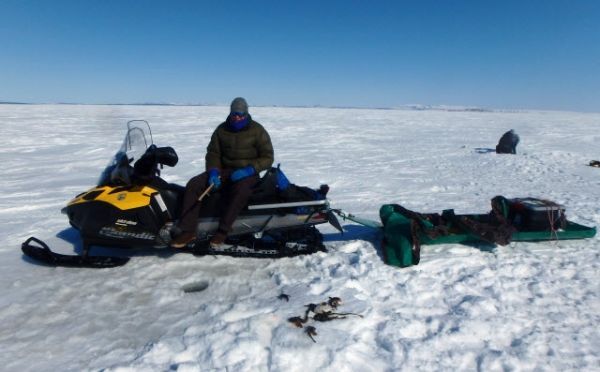The University of Alaska Fairbanks-led study tested 297 subsistence-caught fish, which included eight species — chum salmon, fourhorn sculpin, least cisco, humpback whitefish, starry flounder, Pacific herring, Pacific tomcod and sheefish. The average mercury levels for each species were at levels considered safe by the Alaska Department of Health and Social Services.
Local residents have wondered about mercury levels in the Kotzebue Sound in recent years, due in part to discharges from the Red Dog Mine, which is located about 80 miles inland. Its presence has contributed to questions about the safety of Kotzebue-area subsistence foods.
The study was initiated by the Native Village of Kotzebue, which contacted Todd O’Hara, a UAF professor of veterinary toxicology and pharmacology. Researchers worked with local subsistence fishermen, who donated a variety of Kotzebue Sound fish species from their catches in 2105, 2016 and 2018 for testing.
Of the hundreds of samples tested, only four individual fish exceeded the “unrestricted consumption” levels set by state officials. The average mercury levels in each species were well below that threshold.
Continue reading at University of Alaska Fairbanks
Image via Andrew Cyr, University of Alaska Fairbanks


